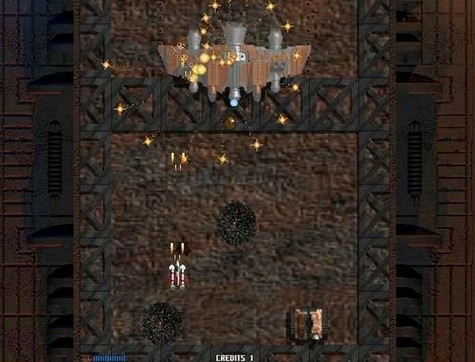
Navy cargo ship, USS Propus, was named after the star. Since Propus is Greek for “foot,” it makes sense that this star is found at the bottom of the rectangle, at the end of the leg of Castor, about midway between Mu Geminorum and a bright cluster of stars.Ī U.S. In fact, the top two stars of the rectangle are named Castor (the western star) and Pollux (the eastern star). It’s in the constellation of Gemini, "The Twins." Gemini is a rectangular shape in the stars that represent the twins Castor and Pollux from Greek mythology. One variable star YOU can see this month is Propus, also known as Eta Geminorum. To help you explore Betelgeuse, Orion, and the rest of the night sky, try using our special star comparison/finder chart below and observation guide, or an app on your phone. With a little practice, you should be able to detect these changes, even from all the way here on Earth. In late 2019 and early 2020, Betelgeuse dipped to the brightness of Bellatrix, its faintest on record.

Gamma Orionis (in Orion’s other shoulder) or Aldebaran, the bright eye of Taurus the Bull. You can compare it to Rigel, also known as Beta Orionis, which is diagonally opposite Betelgeuse in Orion Bellatrix, a.k.a. As it pulsates, it can change in brightness, becoming three times brighter! While awaiting the possible supernova explosion, we can watch Betelgeuse pulsate on an 11-month timescale, first determined in1836 by John Herschel - son of the astronomer William Herschel, who discovered Uranus. However, the explosion will be bright enough that we will see it in the daytime and astronomers will have an opportunity to easily study the explosion. A “light year” is the distance that light travels in one year - almost six trillion miles!īetelgeuse may one day explode as a supernova, but it is far enough away that it will not present a hazard to Earth. One variable star YOU can see this month is Betelgeuse, normally the brightest star in the constellation of Orion, "The Hunter." It is easily seen in the eastern shoulder of The Hunter, even from within a city.īetelgeuse is amongst a class of stars known as “red supergiants.” As its name implies, Betelgeuse is so large that, if it were placed at the location of our Sun, its outer atmosphere would extend out beyond Jupiter! It is a relatively nearby star, roughly 420 light years away.

To help you explore Pleione and the rest of the night sky, try using our special star comparison/finder chart below, our observation guide complete with tips on determining this star's brightness from night to night, or app on your phone! February: Betelgeuse (Alpha Orionis) With a little practice, you can likely detect these changes from Earth! Interactions between the star and the disk can cause minor changes in the star’s brightness. Why does Pleione change brightness like this? Pleione rotates once in just under 12 hours, so fast that some of the star is forced outward, forming a sort of disk shape around the star. Binoculars make it a lot easier to observe Pleione and all the other stars in the Pleiades. You may have to look closely over a few nights, but you should see it change brightness. Check Pleione from night to night and compare it to other stars in the cluster, especially the stars Taygeta and Celaeno at the opposite end of the spoon. You can find Pleione as the dimmer of two stars in the "handle" of the spoon. One variable star YOU can see this month is Pleione, a member of a bright star cluster in the constellation Taurus, "The Bull." This cluster, called the Pleiades, looks like a small spoon or a very tiny dipper in the sky.

These stars are called “variable stars.”Įxplore below to see a variable star that YOU can see every month! Many of these stars can be seen from all around the globe, but most are best viewed from the Northern Hemisphere.Īll featured variable star content on this page is the result of a group effort between the AAVSO, Ball State University, and the International Planetarium Society, with the goal of bringing more astronomy into your home, and guiding you into making your first scientific observations! Some stars dim, brighten, dim again, and so on…in less than a second! Other stars take years to vary their brightness-and not because the star is dying.

Many of the stars we see get brighter and even fainter over various periods of time. The turbulent air surrounding our planet affects the starlight, making it look like the star is sparkling! But did you know that even if we traveled outside our atmosphere, and paid close attention to the stars, we could still see many of them change brightness? I bet you have noticed a star twinkling in the night sky- stars can shimmer because of Earth’s atmosphere or air.


 0 kommentar(er)
0 kommentar(er)
